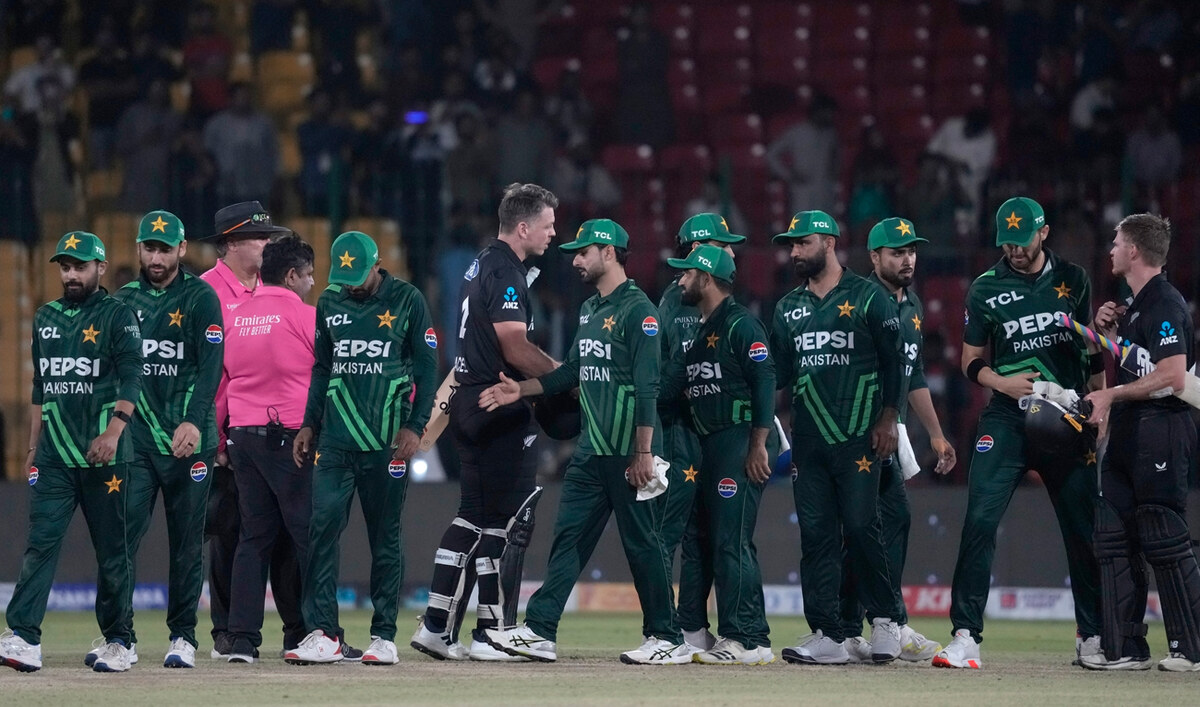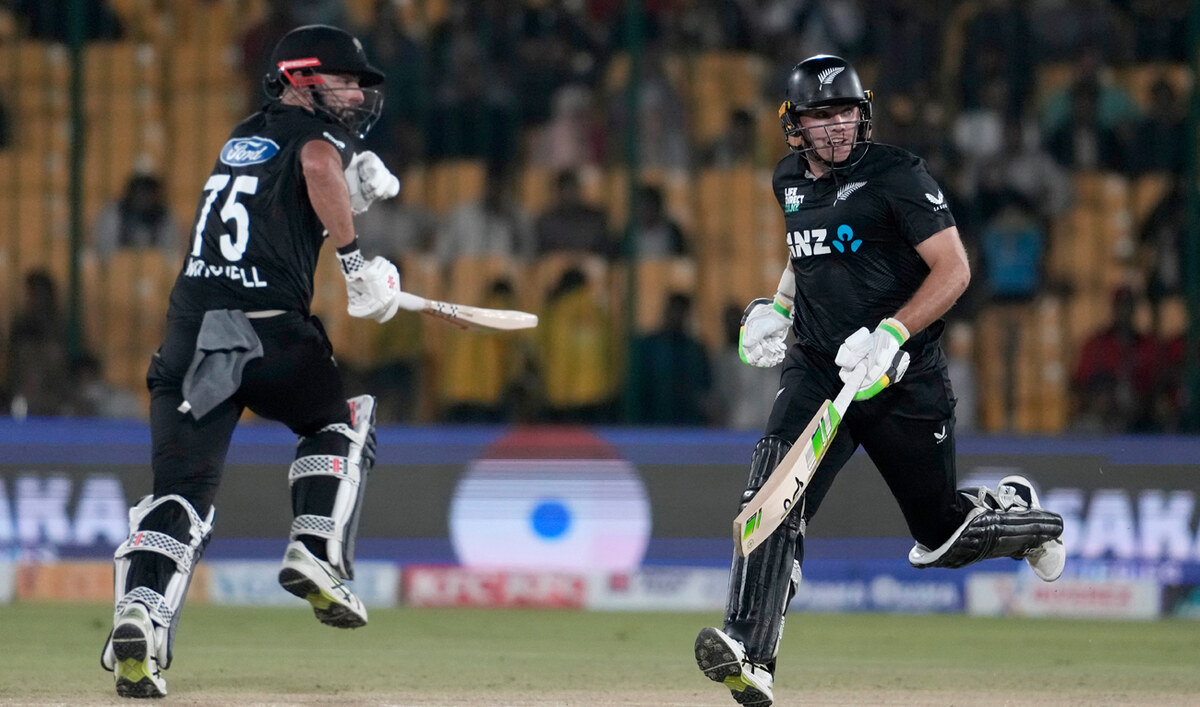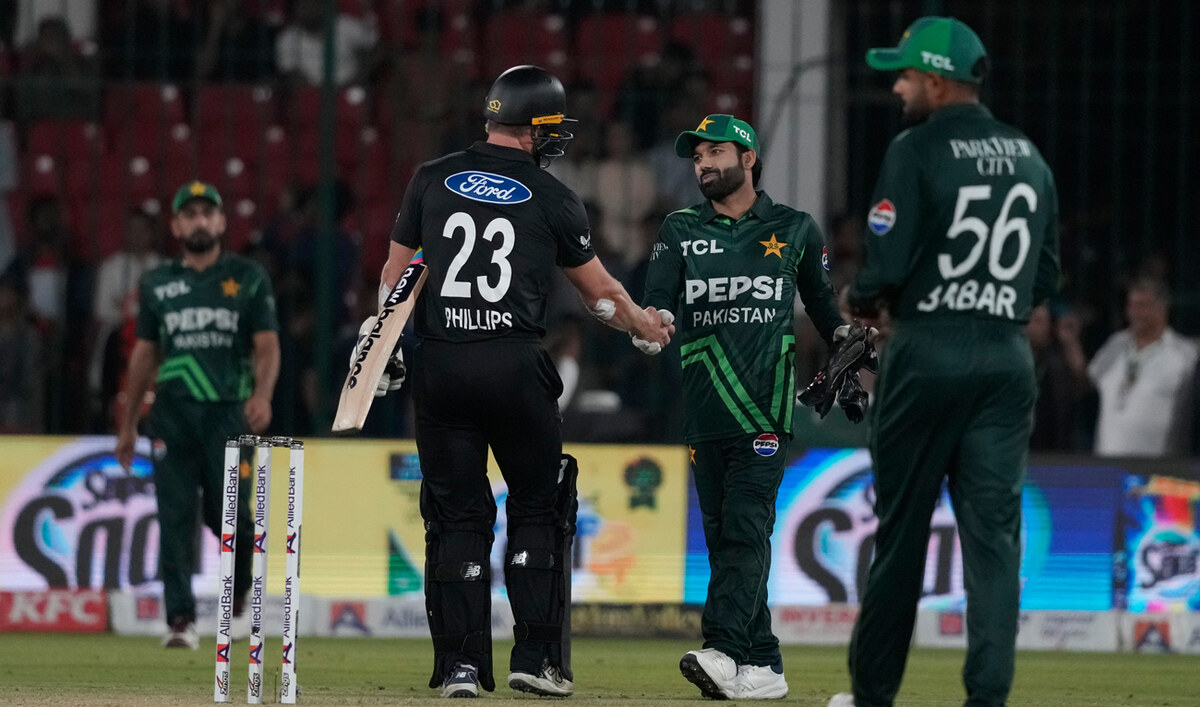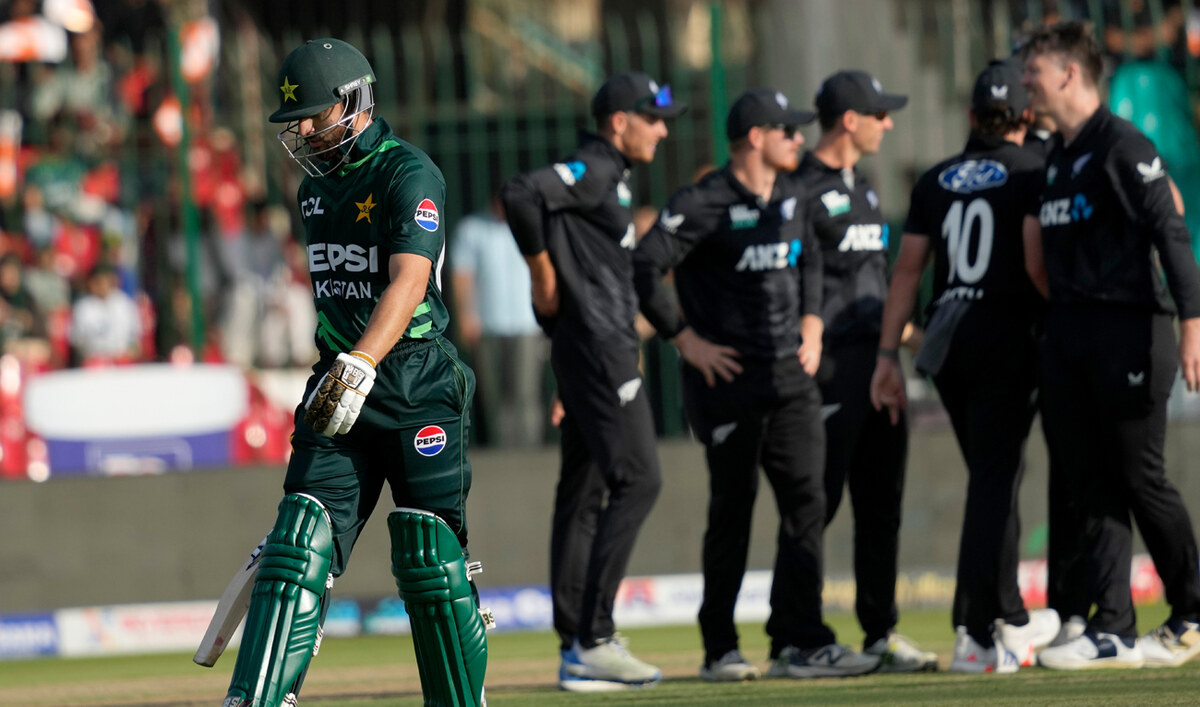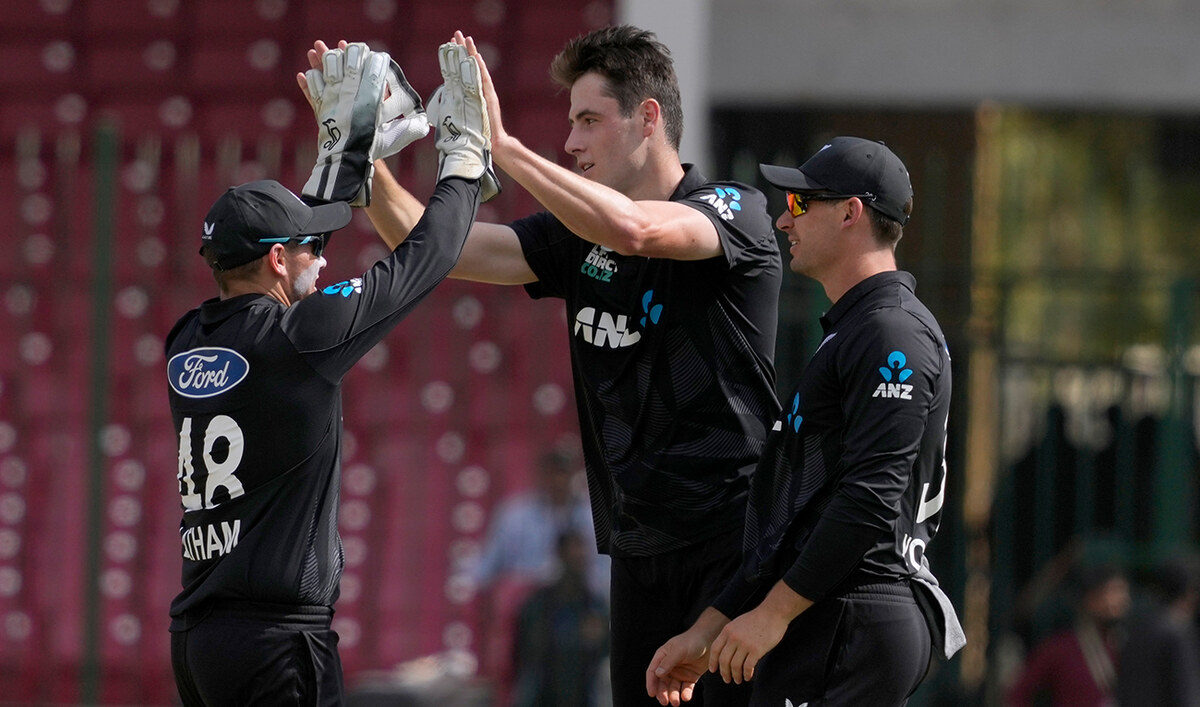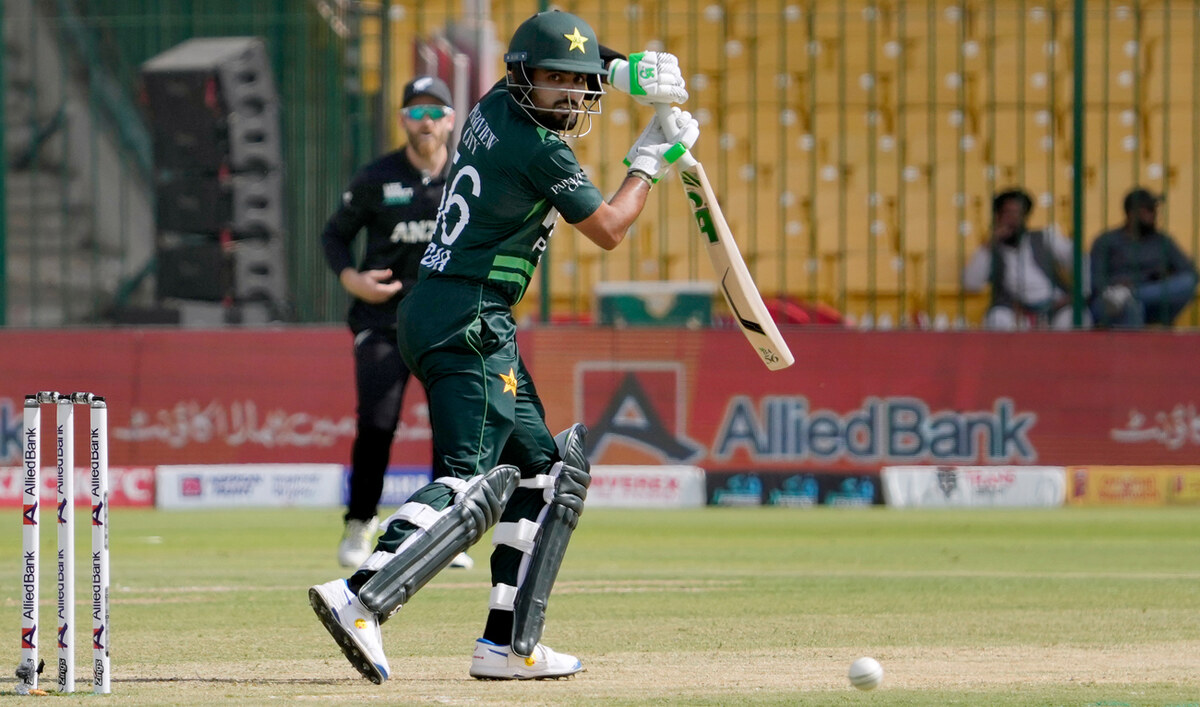LONDON: The world’s best surfers have gathered this week not on the North Shore of Oahu in Hawaii, or the sandy beaches of Australia’s Gold Coast, but in the unlikely location of Abu Dhabi for the second stop of the sport’s elite global tour.
Unlikely because until recently, the UAE capital, despite being surrounded by the Arabian Gulf’s waters, did not have surfable waves to speak of.
Advances in artificial wave technology, however, aligned with deep investment in sport by countries including the UAE and Saudi Arabia, has led to the creation of a world-class surf destination.
The Surf Abu Dhabi Pro, which got underway on Friday, features 18 women and 36 men battling it out as a part of the World Surf League’s Championship Tour.
Other stops on the WSL’s 12-leg circuit include the ferocious Teahupoʻo in Tahiti, which featured in last year’s Olympics, the long, peeling point break of Jeffreys Bay in South Africa, and the fabled reef pass of Cloudbreak in Fiji.
Abu Dhabi’s journey to add its name to this illustrious list began a decade ago when the race to build wave-pool technology entered a new era.
Wave pools have been around in surfing since the 1960s but they had always been a poor imitation of the real thing.
In 2015, however, the greatest competitive surfer of all time, Kelly Slater, posted a video from a secret site in Lemoore, California, that featured a perfect peeling wave lasting 45 seconds — a long ride in surfing.
The wave even included sections that allowed the rider to reach one of the sport’s sacred goals — getting “barreled” by disappearing behind the lip of the wave as it breaks onto the water in front.
It was a seismic moment for the surf world. Finally, someone had created an unending supply of world-class waves that were not dependent on storm-generated swells, tides and winds.
Surf Ranch, as it became known, hosted several WSL events and rumors began to circulate that an even bigger and better version was under development.
In June 2023, the Abu Dhabi developer Modon Properties announced it had partnered with Kelly Slater Wave Co. to create “the most advanced wave facility in the world” on Hudayriyat Island, and it was close to being finished.
Surf Abu Dhabi opened in October that year, offering rides of almost a minute-long on waves more than 2.5 meters high.
The technology involves a large, submerged hydrofoil that is pulled along a track at the side of the pool, causing the wave to break over carefully shaped contours beneath the water.
“I’ve surfed hundreds of incredible waves across the world and this wave in Abu Dhabi stacks up well against some of the best waves on earth,” Slater said at the time.
The WSL’s Deputy Commissioner Kayla Durden said the wave had been getting some final tweaks ahead of the contest.
“The wave’s incredible,” she told Arab News. “They actually changed the interval a week or two ago. They kind of found a way to perfect the barrel a bit more to counteract the wind.”
The advances in the Abu Dhabi pool have created something that feels more like a natural ocean wave.
It is the first saltwater wave pool, meaning surfers can use the same boards as in the ocean because the buoyancy is the same.
The developers have made the sections where the surfers carve their turns more like a natural wave, allowing them more time.
“It took what Surf Ranch started and made it that much better,” Durden added.
Wave pools are hotly debated in the often traditional world of surfing.
Some feel competing in them removes the unpredictable elements of surfing that make the sport unique.
It also takes away the physical challenge required to paddle through large waves in dangerous seas.
Others say the repetition of seeing the exact same wave can be dull compared to the lottery of Mother Nature.
It is that repetition, however, that has made the new generation of wave pools an essential training ground for surfers to practice progressive, often aerial, maneuvers that are advancing the limits of the sport.
The consistency of the artificial waves also provides a level playing field for competitors to go head-to-head in the same conditions.
“You can’t replicate an air 15 times in the ocean but you can in a wave pool,” Durden said.
With its differing sections requiring a full set of surfing skills to achieve a high score from the judges, wave pool skeptics may change their minds when they see how exciting the Abu Dhabi wave is, she said.
“The whole point of competing on the tour is to have the best surfer on the best waves crowning a world champion, and I think that includes every type of wave,” Durden added.
Among the favorites at the three-day contest is the Brazilian two-time world champion Filipe Toledo, who is a master of small-wave surfing and technical aerial maneuvers.
A new generation of exciting young women professionals including Caitlin Simmers and Erin Brooks are expected to excel in the Abu Dhabi pool.
There will also be a focus on the Moroccan Ramzi Boukhiam, who is the first Arab to qualify for the WSL’s Championship Tour, which is dominated by Brazilians, Australians, and Americans.
It would be some story if Boukhiam could also become the winner of the first Championship Tour event held in the Middle East and North African region.
“This will be my first time competing in a pool, so it’s exciting, and there’s a lot of pressure,” Boukhiam said. “It’s such a stressful wave to surf, but as soon as you get your first turn in, the nerves go away."
While Abu Dhabi may not be a traditional surf hub, the WSL hopes that bringing the tour to the UAE will inspire surfers across the region.
There are already dedicated surf communities in Dubai, Lebanon, and Oman. Morocco, with its Atlantic coast, is the region’s premier surf destination.
This week the WSL ran surf sessions for girls in the UAE at the wave pool, hoping to inspire the next generation to take up the sport and maybe compete in future events.
The Surf Abu Dhabi Pro marks a key moment in the investment in sport that has taken place in the Gulf in recent years.
Less mainstream sports have started to see the benefits as host countries deploy advanced technologies and build high-end facilities beyond football, tennis and Formula 1.
Along with surfing, the UAE also hosts international events in high-performance sailing and urban cycling. Saudi Arabia hosts the Dakar Rally and plans to hold the Asian Winter Games in 2029 at a resort currently under construction.
“Their investment in world-class infrastructure and high-end technology makes an event like Surf Abu Dhabi possible in the Middle East and has attracted stakeholders to set up permanent bases in the region,” said Lloyd McMillan of the Dubai-based sport and entertainment marketing agency Dune 23.
“The focus on sport that we are witnessing in the Middle East is part of various strategic visions to create diverse economies for the young, technologically advanced populations.”
In Abu Dhabi, the athletes have spoken of the quality of the facilities aside from the pool and the level of hospitality for the contest.
“I think there’s going to be a lot of tickets booked to Abu Dhabi,” Durden said. “It’s going to be a big surf trip waiting to happen.”

















